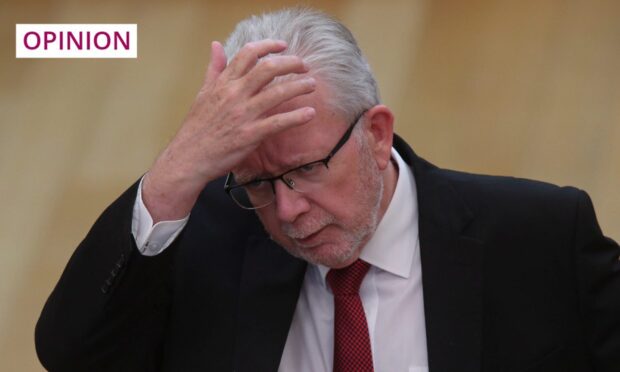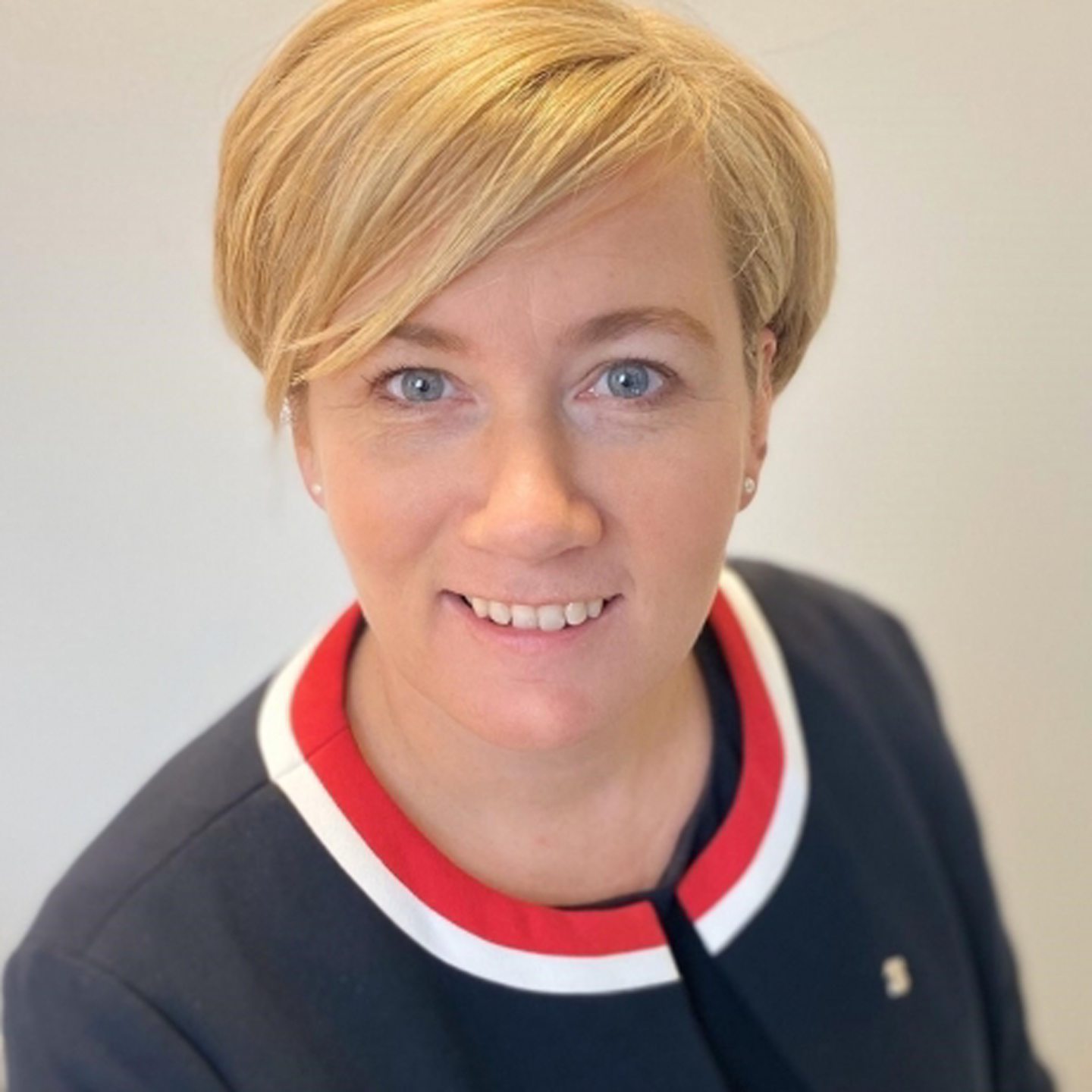A special event was held in Edinburgh last week, in memory of one of the true giants of the modern land reform movement, Simon Fraser.
A Stornoway solicitor, he died in 2016 at the age of 60. But, starting in Assynt in 1992-93, he guided community after community in their efforts to take control of their local land. Scotland might well not have 550,000 acres under community control today without him.
There is more to land reform than communities getting their land, but the public now widely see these as crucial examples of land reform working. It’s an important contrast to rich people or companies from anywhere in the world still being able to buy as much of Scotland’s land as they want, often in secrecy and without any regulation.
Nobody did more than Simon to make the community ownership model work, from Gigha to Knoydart and South Uist to Lewis. He gave fragile communities confidence to proceed, but was slow to send them bills – if he did at all. But some still wait for the model to fail.
A big man physically, intellectually and morally, I recall sitting in a tractor trailer with him, being pulled round Eigg, drinking a can of beer – I was, he wasn’t. It was when the islanders completed their buyout in 1997. He was telling me what the day meant to him: a lot.
Family, friends, those who had met him or just wanted to learn more gathered in Edinburgh to remember Simon. Billed as the first Simon Fraser Memorial Lecture by organisers Community Land Scotland (CLS), it was more of a warm and humorous conversation than lecture.
The event was led by the human dynamo that is Agnes Rennie, CLS vice-chair and chair of Urras Oighreachd Ghabhsainn (Galson Estate Trust) in Lewis. She was joined by Simon’s widow Ann, the inspirational Maggie Fyffe from Eigg, and Karine Polwart, the award-winning songwriter, folk singer and storyteller.
Members of the 150 strong audience participated. Around 120 were following the event on a live stream. This columnist was one. Another was Mike Russell, who was watching from his home in Argyll.
Mike Russell’s latest appointment remains highly controversial
In his time, Russell also helped different communities get their land. The former SNP minister, MSP and party president was appointed as chair of the Scottish Land Commission (SLC) just before Christmas. The body advises ministers on land reform. His appointment remains highly controversial.
Tory MSP Douglas Lumsden said in the Holyrood debate on SLC appointments: “This parliament deserves better than this. The appointment simply reeks of nepotism.” His parliamentary colleagues agreed.
Stephen Kerr said: “There is the stench of cronyism and deep cynicism from the SNP putting forward that name at this moment…” Rachael Hamilton commented: “His judgment is skewed. He is biased beyond repair and he is clearly unfit for such an important role.”
Organisations representing Scotland’s landowners were also exercised. They recalled a newspaper article written by Mr Russell saying there was a need to “turbocharge” land reform.
Scottish Land and Estates chief executive Sarah-Jane Laing was quoted as saying his “strident views about supercharging land reform” were likely to concern those who manage and invest in land.
The appointment certainly didn’t look good, with its whiff of cronyism. Many outside his party doubt Mike Russell can be truly impartial. But wanting to turbocharge the current lamentably slow pace of land reform hardly disqualifies him. Why on earth would you appoint somebody happy with the status quo to lead the body advising ministers how best to proceed with land reform in the future?
There is public appetite for change on land reform
The status quo, meaning 0.025% of Scotland’s population holding 67% of privately owned rural land; meaning 1,125 estates covering 4.1 million hectares (10.13 million acres) – around 57% of Scotland’s rural land.
There does appear to be a public appetite for change, as the retiring SLC chair Andrew Thin highlighted last summer. He wrote on social media: “In Scotland there is no restriction on how much land an individual can own. In contrast some sort of approval mechanism exists in no less than 18 countries within the EU. Plenty of support for joining that club…”
If ministers stick to the higher threshold, and MSPs let them, it is not a turbocharger that Mike Russell will be needing for meaningful land reform, but a defibrillator
He was referring to the results of a Scottish Government public consultation. It showed that 72% supported a public interest test (PIT) being applied to transactions involving large-scale landholdings before they could proceed. But how large is large?
The framers of the much-anticipated and delayed land reform bill believed that a PIT should only be triggered at 3,000 hectares (7,410 acres). There is, however, considerable support for the call by Mercedes Villalba, Labour MSP for North East Scotland, to reduce the PIT trigger to 500 hectares (1,235 acres).
If ministers stick to the higher threshold, and MSPs let them, it is not a turbocharger that Mike Russell will be needing for meaningful land reform, but a defibrillator.
David Ross is a veteran Highland journalist, author and a supporter of Community Land Scotland













Conversation